"After a few years, it became clear to me
that here, we're helping to bring a whole
new industry to Europe."
Kaia Kjølbo,
Seaweed farmer for OCEANFRUIT
6 reasons why you should love seaweed
1
Zero-Input Crop
What we love most about seaweed is in the name: It grows in the sea. This means that no soil, fresh water, fertilizer or pesticides are needed to produce this valuable resource. Our seaweeds are cultivated from November to May, during which time the seaweed farms become a habitat for small fish and many other maritime organisms. In this way, we naturally increase the biodiversity of the oceans.
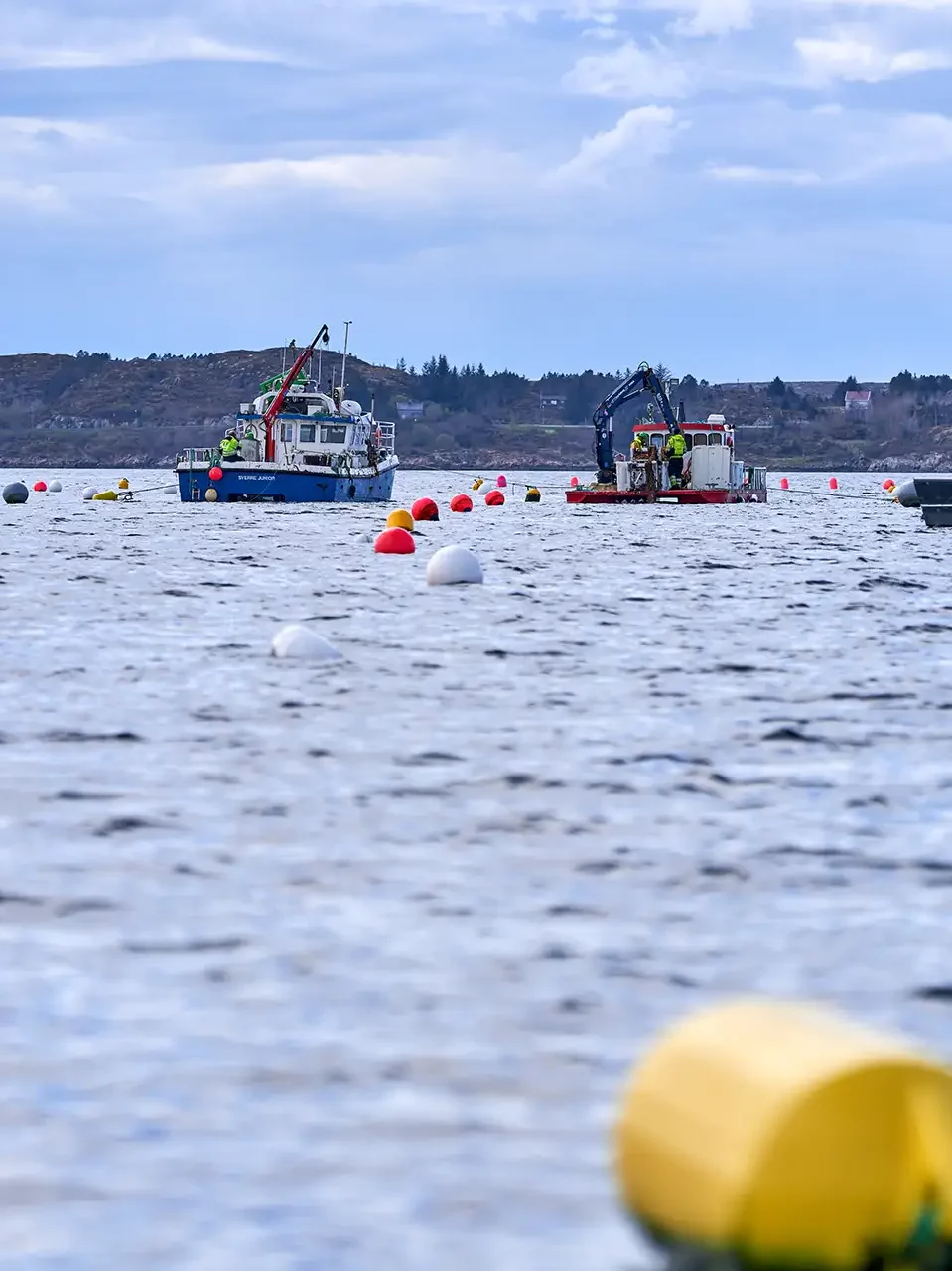
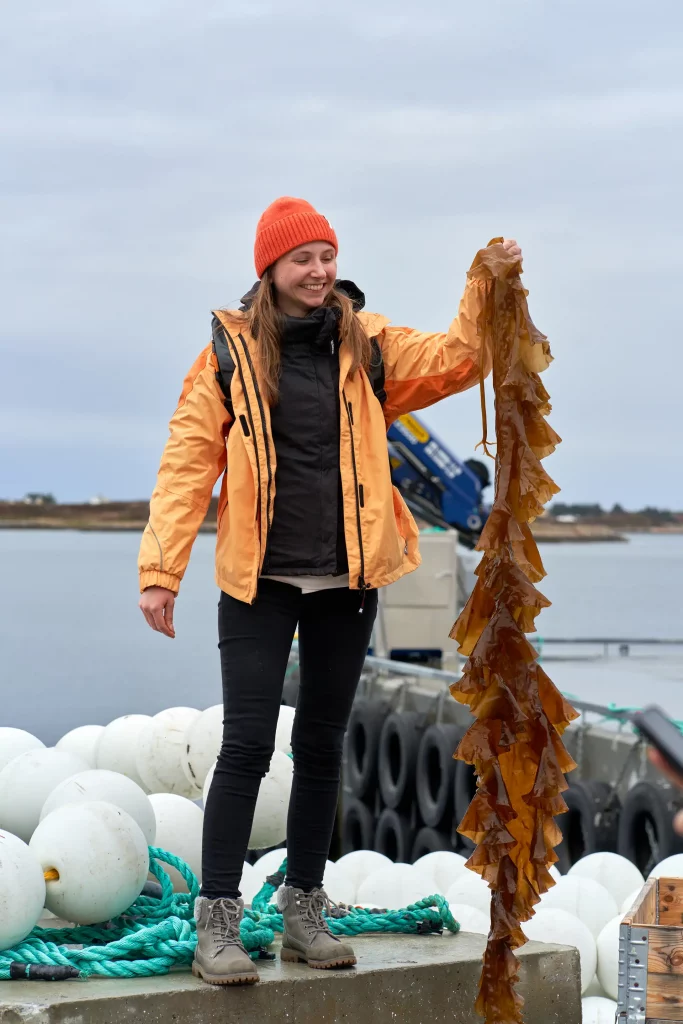
2
NUTRIENTS
The nutrient profiles of seaweeds vary hugely depending on the species and where in the world they grow. The seaweeds we use are particularly high in omega fatty acids, micronutrients like magnesium, iron, calcium and iodine, as well as vitamins A, B & C, all of which are nutrients often lacking from plant-based diets and can only be produced by land-based plants in small quantities, if at all.
3
ENVIRON-
MENT
Many coastal waters suffer from excess nutrients (namely nitrogen, phosphorus and carbon dioxide). As they grow, seaweeds absorb these gases and release oxygen.
4
FIBRE
CONTENT
Seaweeds have a notably high fibre content – up to 60 g/100 g (dry weight). This aids digestion and has a positive effect on your gut health.
5
IODINE
According to the WTO, many people on our planet show signs of iodine deficiency, which may cause a number of chronic diseases and impair children's development. Bringing the iodine content of our products to an optimal, healthy level is therefore a central part of our product development. So, we can be sure that our OCEANFRUIT Sea Salads contain exactly the right amount of iodine required by the average adult.
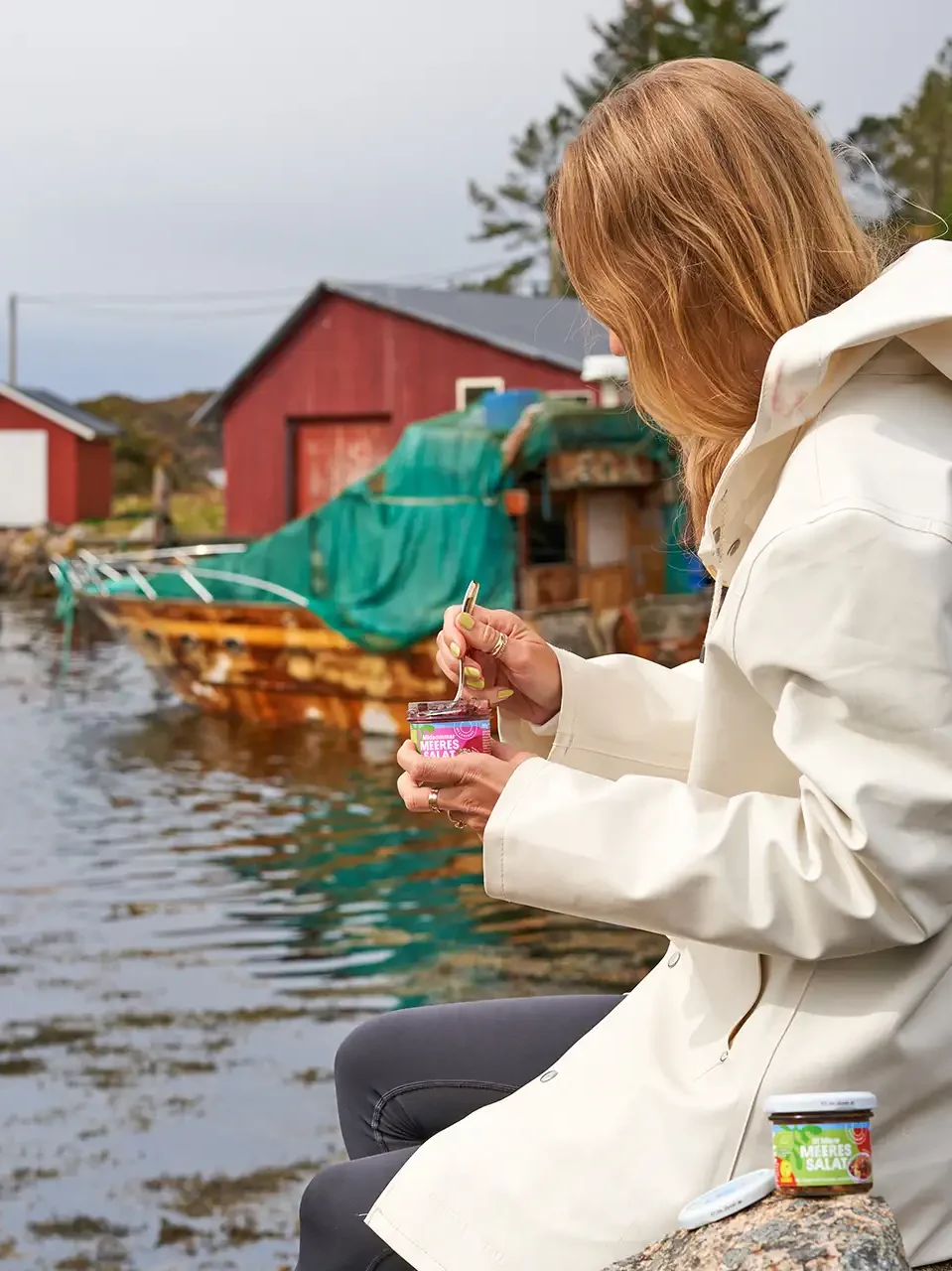
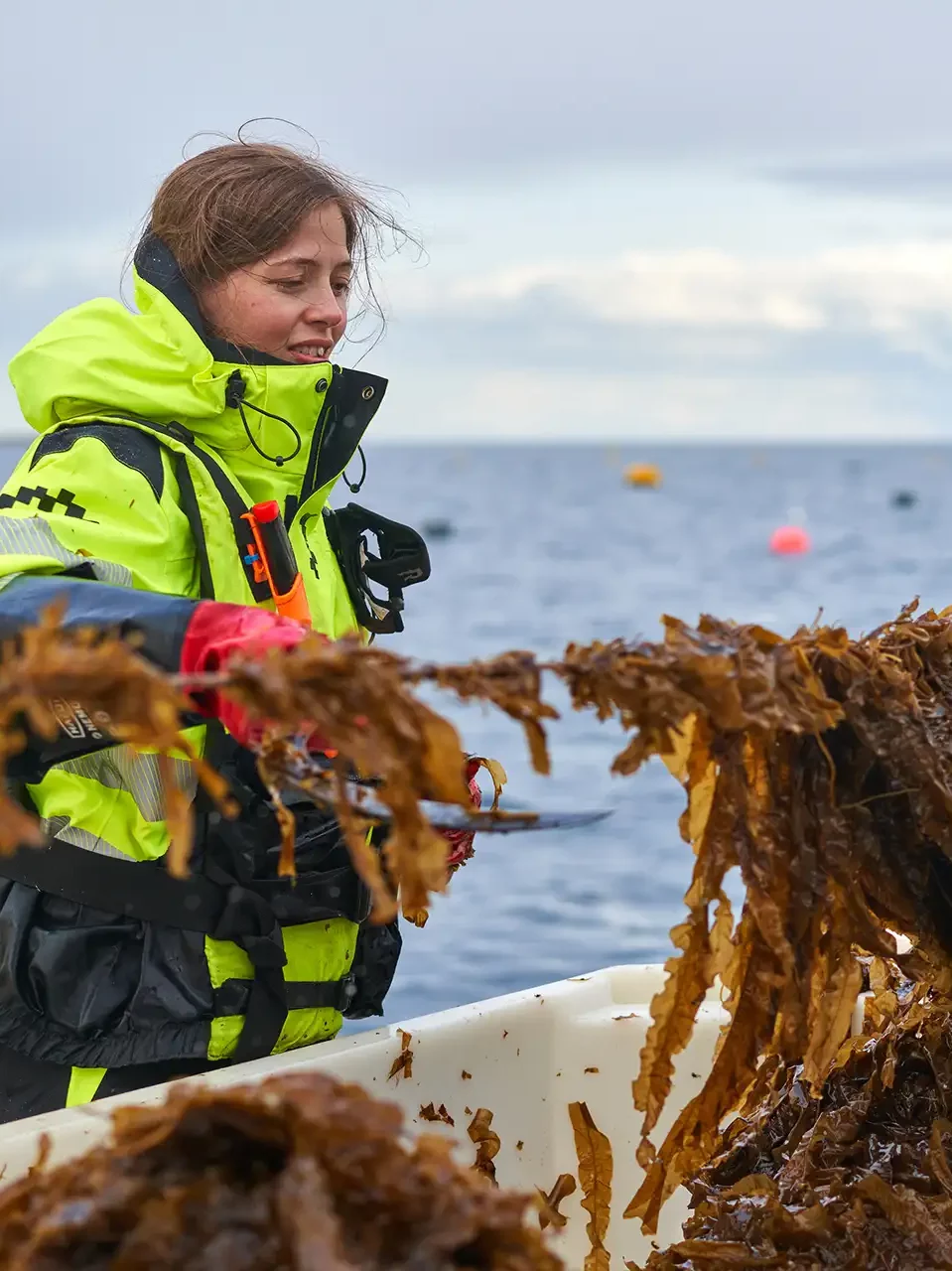
6
PEOPLE
The more people who get excited about seaweed as a food ingredient, the more fishermen and women we can convince to take up seaweed cultivation as a more sustainable livelihood. Reducing worldwide fishing will cut the pressure on fish stocks and offer more income prospects. Building a new value chain around the cultivation and consumption of seaweed also brings with it a series of positive impacts. That's why the more seaweed we eat, the better!
How do we jar the ocean?
For four months, our seaweed is allowed to teeter in the waves, listen to the sea washing against the shore and watch turquoise cleaner fish play hide and seek between them. When you eat a spoonful of our Sea Salad, breathe it in or hold the jar up close to your ear, you yourself may be able to sense the deep sea.
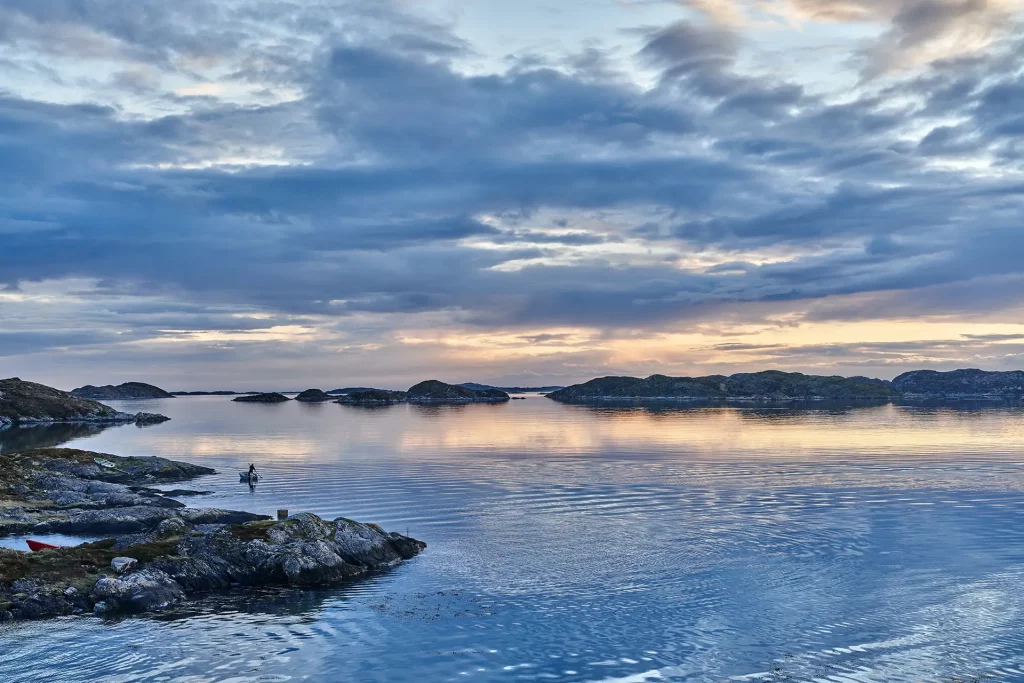
There are a great number of seaweed species that grow in the oceans all over the world. They're extremely diverse, but only a small number of these are already being cultivated by humans. All of our products only use seaweeds that are native to Northern Europe and can be cultivated in the open coastal sea. Of these, there are two species that particularly interest us at OCEANFRUIT because of their positive effects on people and the environment. These are Alaria esculenta (also known as winged kelp) and Himanthalia elongata.
Follow Jacob and Peter as they visit seaweed aquacultures around the world. They will show you how seaweed is grown, harvested and processed, and why we're so excited about it. Enjoy the journey!

